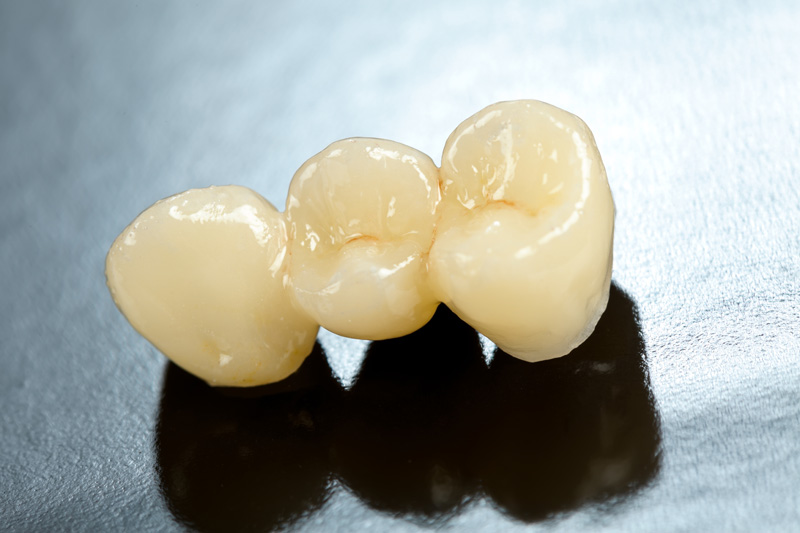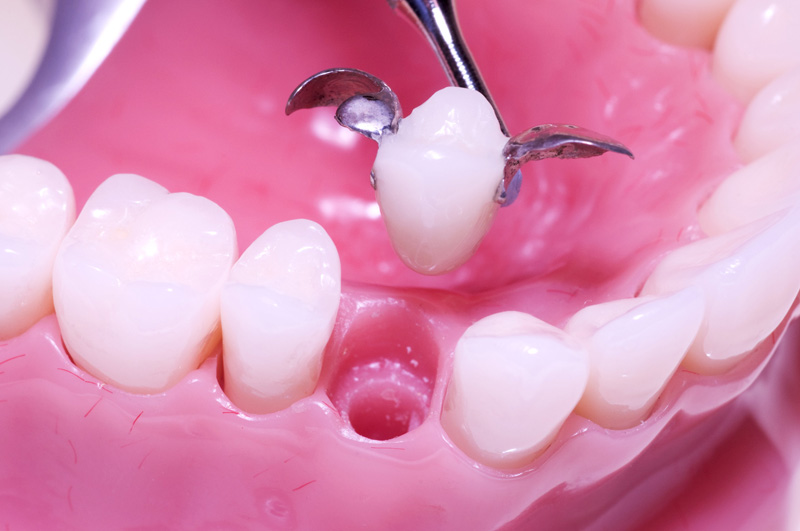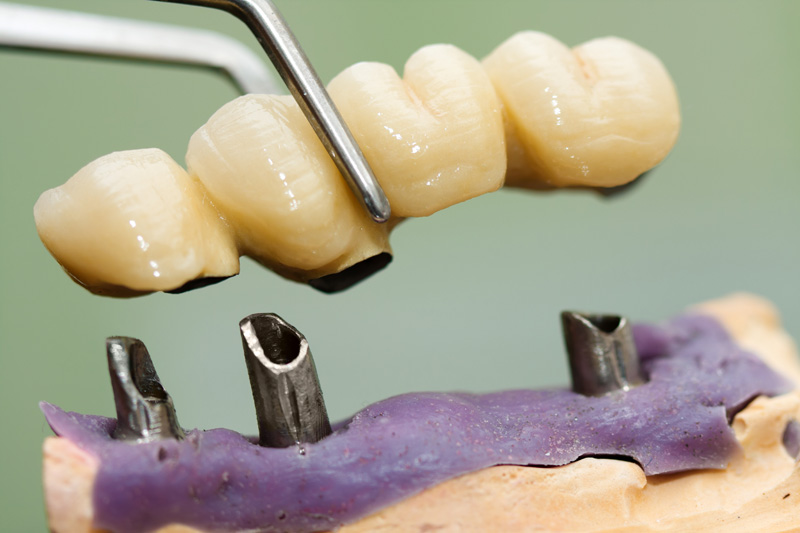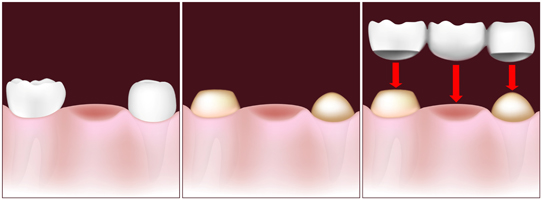Cardiff Open: Mon-Fri 9:00am-5:30pm (Sat 9am-4pm)
Singleton Open: Mon-Fri 9:00am-5:30pm (Sat Closed)
Fletcher Open: Mon-Fri 9:00am-5:30pm (Sat 9am-1pm)
Mayfield Open: Mon-Fri 9:00am-5:30pm (Sat Closed)
CONTACT US NOW
Bridges
- Dental Bridges are used when one or more teeth are missing.
- Look and feel natural, without hooks or clasps, and stay in permanently
- Not replacing missing teeth can cause various other issues including loss of more teeth, current teeth begin to change position and chewing difficulties.









